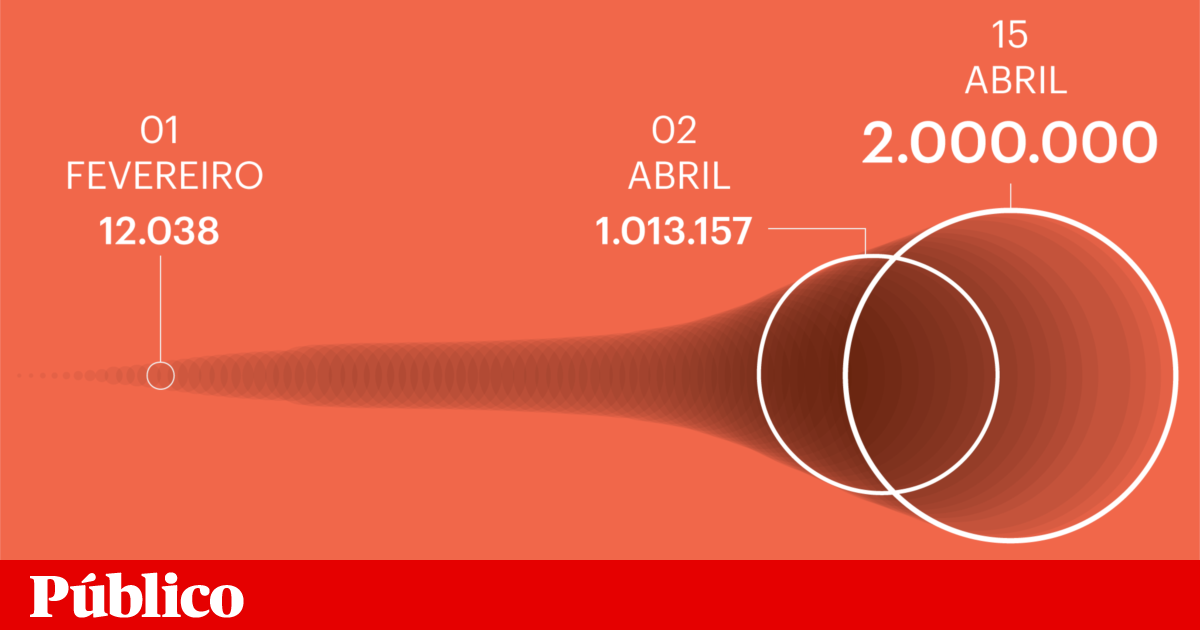Can we protect ourselves against corona viruses with ultraviolet light?
The COVID-19 threat is pervasive around the world. We urgently need effective ways to combat the novel corona virus. Special ultraviolet light appears to be able to decontaminate surfaces (possibly also air and water) if they have previously come into contact with the SARS-CoV-2 virus.
The current study by the University of California found that special ultraviolet light could be used to fight the SARS-CoV-2 virus. The results of the study were published in the English language journal “ACS Photonics”.
What could the light be used for?
A main application of such ultraviolet LEDs is, for example, the disinfection of personal protective equipment, surfaces and floors. The researchers report that there is already a small market for UV-C sterilization products in a medical context.
Effectiveness has yet to be proven
Indeed, much attention has recently been paid to the power of ultraviolet light to inactivate the novel corona virus. Disinfection with ultraviolet light has been a technology for some time. And although it can be used practically, its large-scale effectiveness against the spread of SARS-CoV-2 has yet to be proven.
99.9 percent sterilization of the coronavirus by UV LEDs
At the beginning of April, according to the research group, 99.9 percent sterilization of the coronavirus (COVID-19) was reported in just 30 seconds by using UV LED products. This technology is currently being adopted for use in motor vehicles, in UV LED lamps that sterilize the interior of unoccupied vehicles.
Not all wavelengths of UV light are the same
It is worth noting in this context that not all UV wavelengths are the same. Natural UV-A and UV-B waves are produced by the sun, for example. UV-C, on the other hand, is ultraviolet light. Such light can only be generated through human-made processes.
UV-C light can damage the skin
UV-C light in the range of 260 – 285 nm is most relevant for current disinfection technologies, the researchers report. However, this light is also harmful to human skin, which is why it is currently mostly used in applications in which no one is present at the time of disinfection, explains study author Christian Zollner from the University of California in a press release.
WHO warns of possible dangers
For example, the World Health Organization (WHO) warns against using ultraviolet disinfection lamps to disinfect hands or other areas of the skin. Even brief exposure to UV-C light can cause burns and eye damage.
How are the new LEDs produced?
The new method for producing high-quality deep ultraviolet (UV-C) LEDs uses a film of the semiconductor alloy aluminum gallium nitride (AlGaN) on a substrate made of silicon carbide (SiC). According to Zollner, the use of silicon carbide as a substrate enables high-quality UV-C semiconductor material to grow more efficiently and cost-effectively than the use of sapphire that is actually common. This is due to the fact that the atomic structures of the materials are closely coordinated.
How can you achieve high material quality?
“As a general rule of thumb, the more similar (in terms of the atomic crystal structure) the substrate and the film are to each other, the easier it is to achieve high material quality,” explains the expert.
Higher quality improves the efficiency and performance of the LEDs
The better the quality, the better the efficiency and performance of the LEDs. Sapphire is structurally dissimilar, and manufacturing material without defects and misalignments often requires complicated additional steps. Silicon carbide is not a perfect complement, but it enables high quality without the need for costly additional methods, Zollner continues.
The actual goal of the research was an effective water treatment
When developing their UV-C-LED technology, the researchers were primarily thinking of portable, fast-acting water disinfection. The longevity, reliability and small form factor of the diodes would play a crucial role in less developed areas of the world where clean water is not available.
How could the new LED technology be used to combat COVID-19?
The advent of the COVID-19 pandemic has added another dimension. With the world looking for vaccines, therapies, and cures for the disease, disinfection, decontamination, and isolation are the few ways we can defend ourselves. In addition to water treatment, UV-C light could be integrated into systems that turn on when no one is present. In this way, inexpensive, chemical-free and convenient possibilities could be created to disinfect public, personal and medical rooms. (as)
Sources:
- Burhan K. SaifAddin, Abdullah S. Almogbel, Christian J. Zollner, Feng Wu, Bastien Bonef et al .: AlGaN Deep-Ultraviolet Light-Emitting Diodes Grown on SiC Substrates, in ACS Photonics (published Jan 27, 2020), ACS Photonics
- The Power of Light, University of California (Published Apr 14, 2020), University of California
–
–
–
Important NOTE:
This article contains general information only and should not be used for self-diagnosis or treatment. He can not substitute a visit at the doctor.
– .


